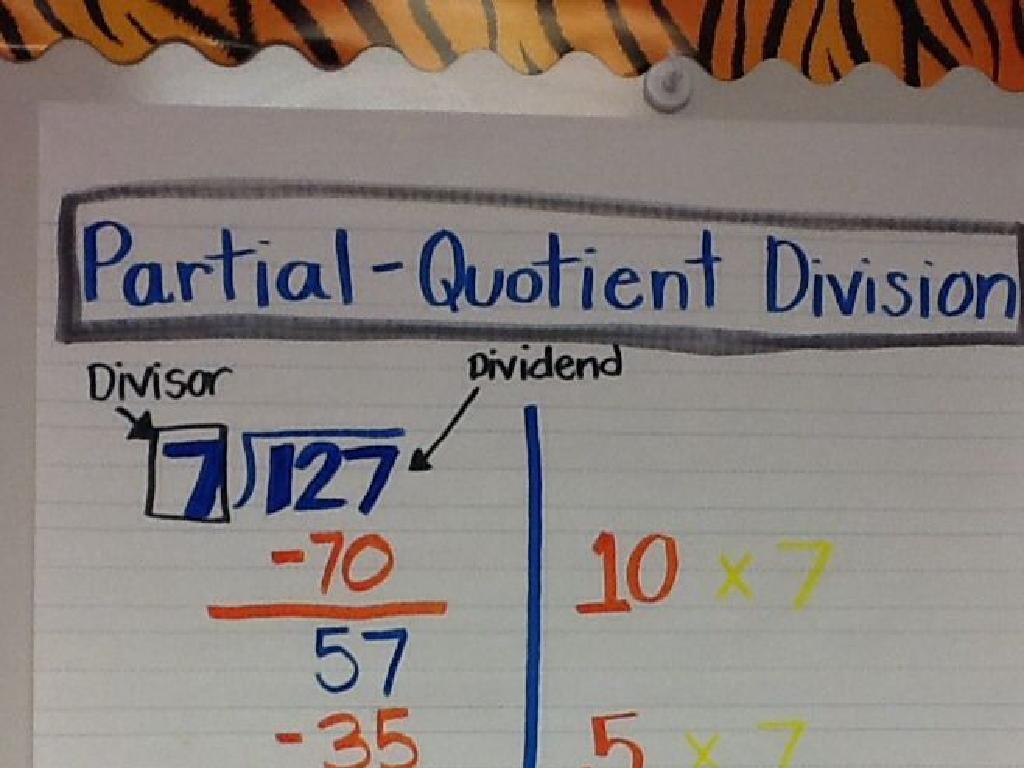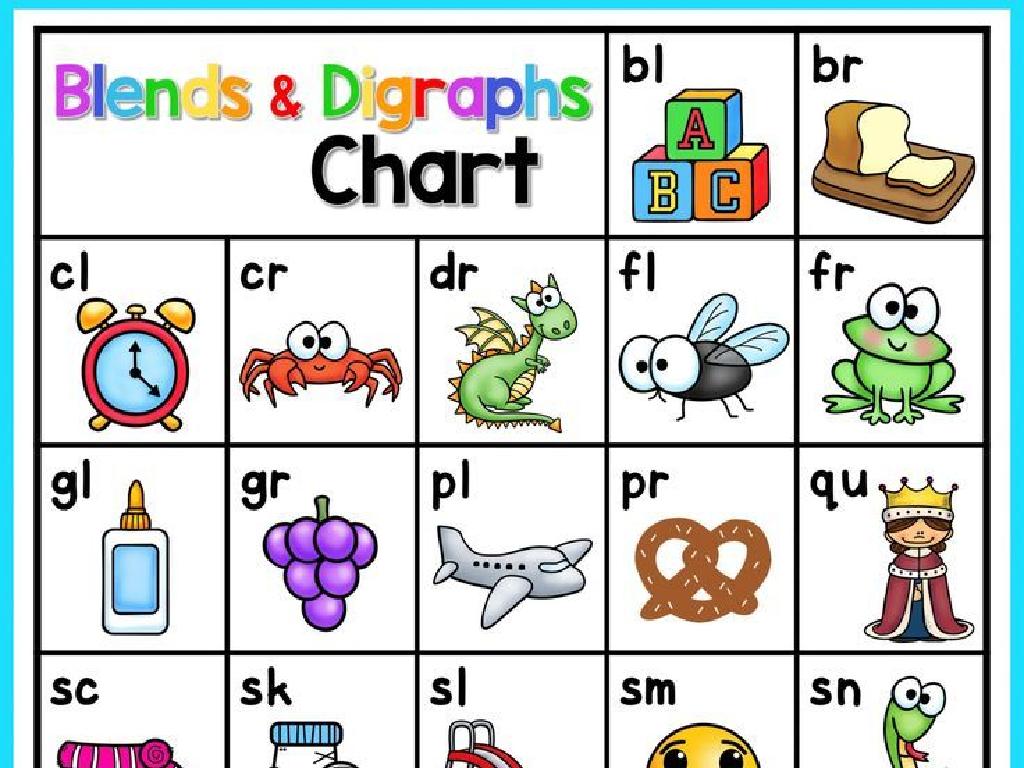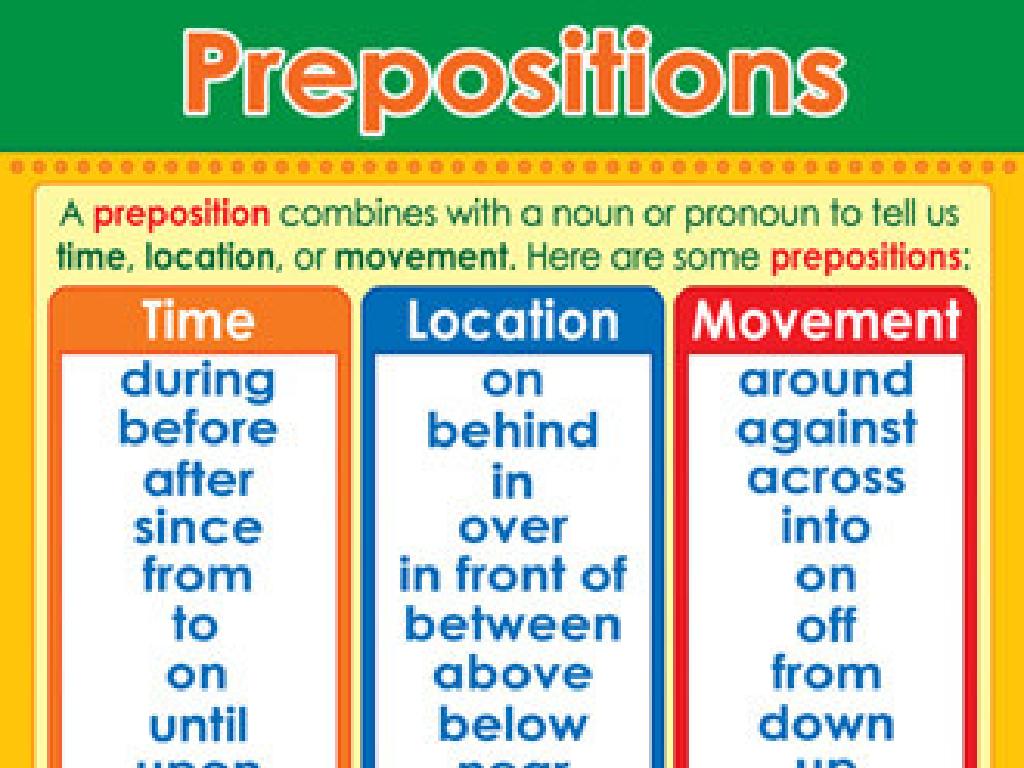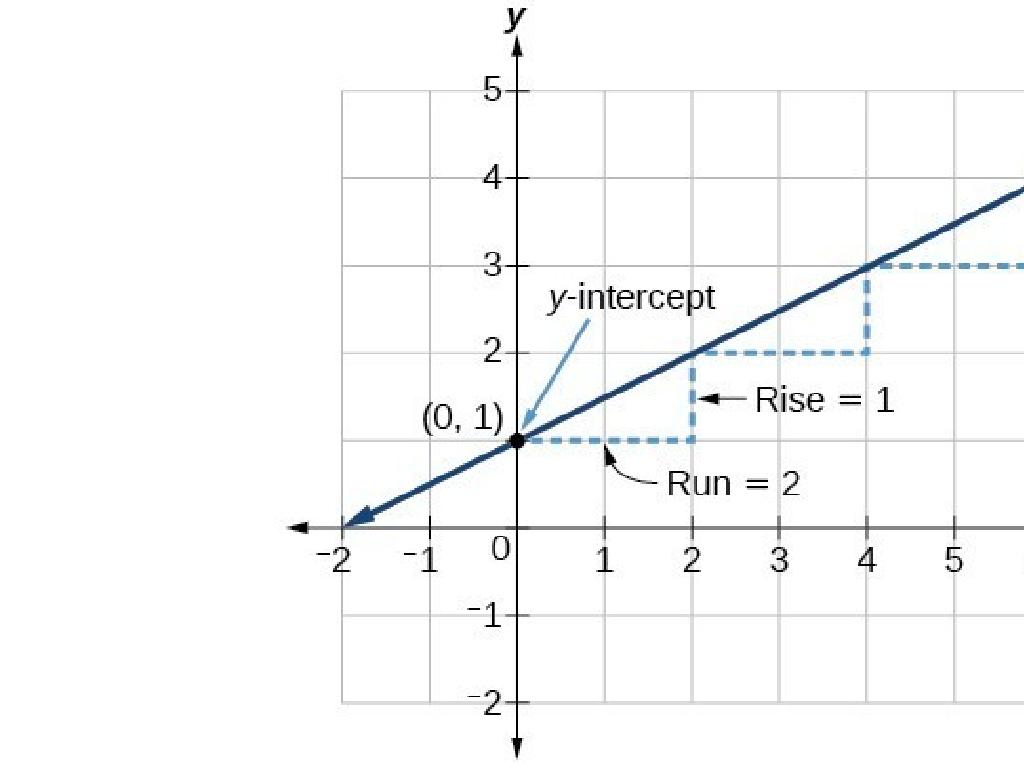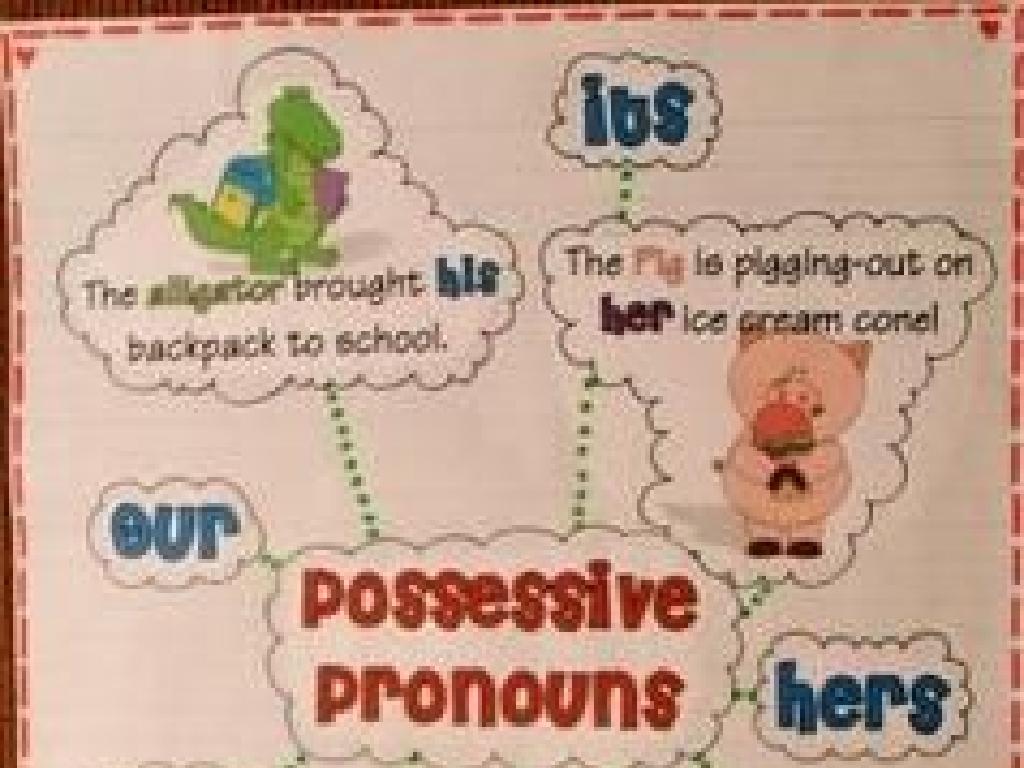Graph Solutions To One-Step Inequalities
Subject: Math
Grade: Seventh grade
Topic: One-Variable Inequalities
Please LOG IN to download the presentation. Access is available to registered users only.
View More Content
Introduction to Inequalities
– Define inequalities
– An inequality shows the relationship between two expressions that are not equal.
– Inequalities vs. equations
– Unlike equations, inequalities do not show equality but rather a range of possible solutions.
– Real-life inequality examples
– Budgeting allowance, or temperature changes show real-world inequalities.
– Graphing on a number line
|
Begin the lesson by defining inequalities and how they differ from equations. Inequalities show a range of possible solutions, rather than one exact answer. Use relatable examples such as budgeting a weekly allowance or comparing temperatures to illustrate how inequalities are present in everyday life. Explain that graphing inequalities on a number line helps visualize the range of solutions. Encourage students to think of other real-life scenarios where inequalities apply. The goal is to help students understand that inequalities are a way to express that one value is larger or smaller than another, without being exact.
Graphing One-Step Inequalities
– Define one-step inequalities
– An inequality compares two values, showing if one is less than, greater than, or equal.
– Understand inequality symbols
– Symbols: > (greater), < (less), e (greater or equal), d (less or equal).
– Solve one-step inequalities
– To solve, isolate the variable using addition, subtraction, multiplication, or division.
– Graph solutions on a number line
– Plot the solution as a range on a number line, using open/closed circles.
|
This slide introduces students to the concept of one-step inequalities and how to graph their solutions. Begin with the definition, emphasizing that inequalities show the relationship between two values. Review the symbols and their meanings, ensuring students can identify and use them correctly. Demonstrate solving a simple inequality by performing an operation to isolate the variable. Finally, show how to represent the solution on a number line, explaining the difference between open and closed circles to indicate whether the endpoint is included in the solution set. Provide examples and encourage students to practice with different inequality types.
Graphing Inequalities on a Number Line
– What inequality graphs represent
– Shows all possible solutions to an inequality
– How to plot inequality solutions
– Use a number line to mark all solutions
– Open vs. Closed circles
– Open circle: not included, Closed: included
– Practice plotting points
|
This slide introduces students to the concept of graphing inequalities on a number line. It’s crucial to explain that the graph represents all possible solutions to an inequality. Demonstrate how to plot solutions, starting with simple examples and gradually increasing complexity. Clarify the difference between open and closed circles: an open circle means the number is not part of the solution (greater than or less than), while a closed circle means the number is included (greater than or equal to, or less than or equal to). Provide students with practice problems where they plot points on a number line to represent different inequalities. Encourage them to explain their reasoning for choosing open or closed circles.
Graphing One-Step Inequalities
– Solve x + 3 > 5
– Subtract 3 from both sides to find x > 2
– Solve 2y d 8
– Divide both sides by 2 to find y d 4
– Graph solutions on a number line
– Plot open/closed circles and shade the correct side
– Understand inequality symbols
– ‘>’ means greater, ‘d’ means less than or equal to
|
This slide introduces students to solving and graphing one-step inequalities. Start with simple examples like x + 3 > 5 and 2y d 8. Show students how to isolate the variable by performing inverse operations. Once the inequality is solved, demonstrate how to graph the solutions on a number line, using open circles for ‘greater than’ and closed circles for ‘less than or equal to’. Emphasize the meaning of inequality symbols and how they influence the direction of the shading on the graph. Encourage students to practice with additional examples and to check their understanding by picking test values from their graph.
Graphing One-Step Inequalities: Practice
– Solve: a – 4 < 7
– Add 4 to both sides: a < 11
– Graph the solution on a number line
– Plot an open circle at 11 and shade left
– Solve: 3n e 9
– Divide both sides by 3: n e 3
– Graph the solution on a number line
– Plot a closed circle at 3 and shade right
|
This slide is designed for a class activity where students will practice solving and graphing one-step inequalities. For the first inequality, guide students to isolate the variable by adding 4 to both sides, resulting in a < 11. Then, demonstrate how to graph this on a number line with an open circle at 11 and shading to the left to represent all the numbers less than 11. For the second inequality, instruct students to divide both sides by 3 to find n e 3. Show them how to graph this with a closed circle at 3 and shading to the right, indicating all the numbers greater than or equal to 3. After students complete these problems, facilitate a class discussion to review their solutions and ensure understanding. Possible activities include peer review, group work, or presenting solutions to the class.
Class Activity: Inequality Match-Up
– Match inequalities to graphs
– Work in pairs for collaboration
– Share and explain your answers
– Discuss why the chosen graph represents the inequality
– Reflect on the activity
– Think about what was learned and any challenges faced
|
This activity is designed to reinforce students’ understanding of graphing one-step inequalities. Students will work in pairs to match written inequalities with their corresponding graphical representations. This encourages peer learning and collaboration. After matching, each pair will share their answers with the class and explain the reasoning behind their choices, promoting discussion and critical thinking. As a teacher, facilitate the activity by providing guidance and ensuring each pair understands the concepts. Possible variations of the activity could include using different inequality scenarios, having students create their own inequalities for peers to graph, or using an online graphing tool for a more interactive experience.
Wrapping Up: Inequalities & Homework
– Review of one-step inequalities
– Homework: 5 inequality problems
– Solve and graph inequalities like x + 3 > 5
– Graph your solutions
– Use a number line to plot your answers
– Remember: Practice is key!
|
As we conclude today’s lesson on one-step inequalities, remind students of the key concepts covered. For homework, they are to solve five one-step inequalities, ensuring they understand the process of isolating the variable to find the solution. They must also graph their solutions on a number line, which will help reinforce their understanding of the visual representation of inequalities. Emphasize the importance of regular practice to become proficient in solving and graphing inequalities. In the next class, we can review their homework, address any difficulties, and celebrate their successful learning.

